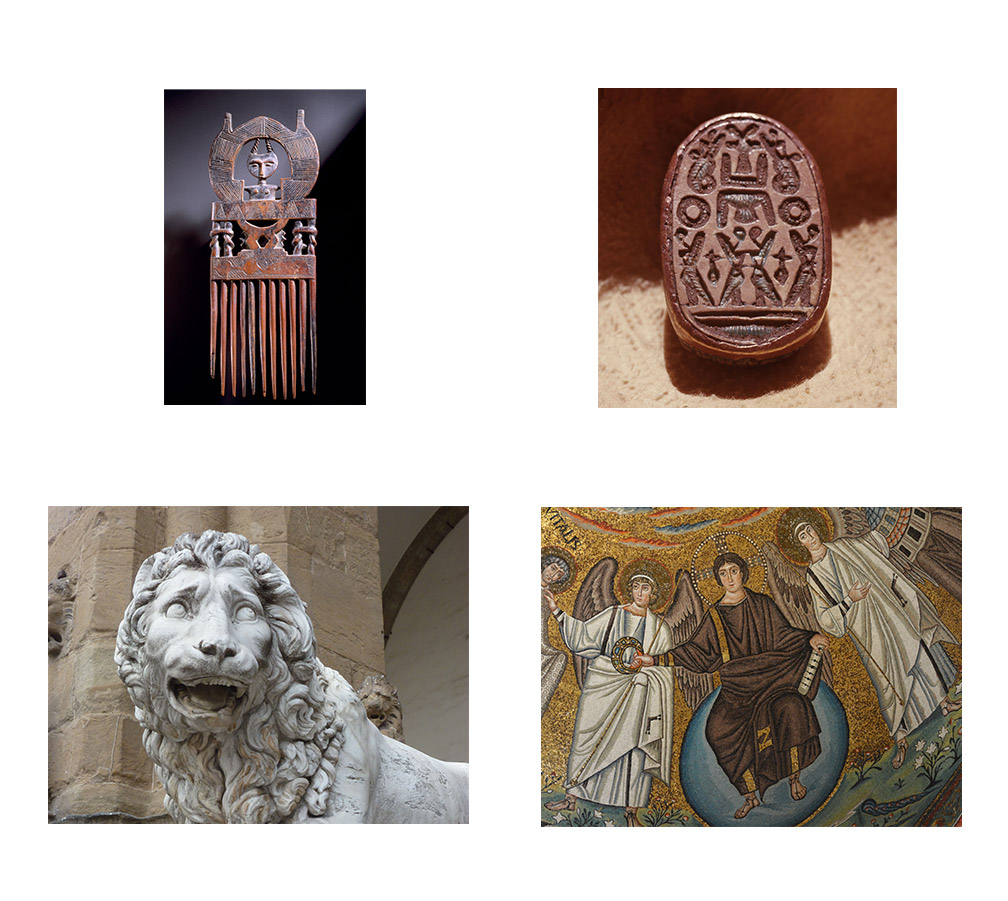Signs and Symbols from Werner Forman Archive

Werner Forman Archive press release – 12 August, 2021
The unique and unusual caught Werner Forman’s eye in his extensive travels and he photographed many symbols and cultural artefacts from the world’s great civilisations.
Here is a selection of a few:
Top:
Ashanti comb. These were usually given as gifts from admirers or presented at marriage and women often wore more than one in their hair. They were used for practical purposes but also as indicators of status and wealth. The decoration often drew from symbolism or mythological subjects. Country of Origin: Ghana. Culture: Ashanti. Material: Wood. ©Werner Forman Archive / Private Collection.
Scarab seal with hieroglyphics denoting deities, amongst them the Horus falcons, the two arms of the soul Ka and Nefer, the symbol for goodness and beauty. From Sudan, culture: Napatean or Meroitic – can’t be dated exactly, somewhere between 5th century BC to 3rd century AD. Place of Origin: Meroe. ©Werner Forman Archive/ Archaeological Museum, Khartoum.
Lower:
The Medici lion, symbol of the power of the city of Florence. The lion was sculpted by Flaminio Vacca and was transferred from the Villa Medici in Rome to the Loggia della Signoria in 1789. Dated: 1598. ©Werner Forman Archive/ N. J Saunders.
View of the basilica apse and the glass-tesserae mosaics showing a beardless Christ the Redeemer sitting on the celestial globe. Byzantine 6th Cenntury AD. St Vitale, Ravenna. ©Werner Forman Archive/ N. J. Saunders.
There are many more interesting artefacts in the collection: click here to view.
